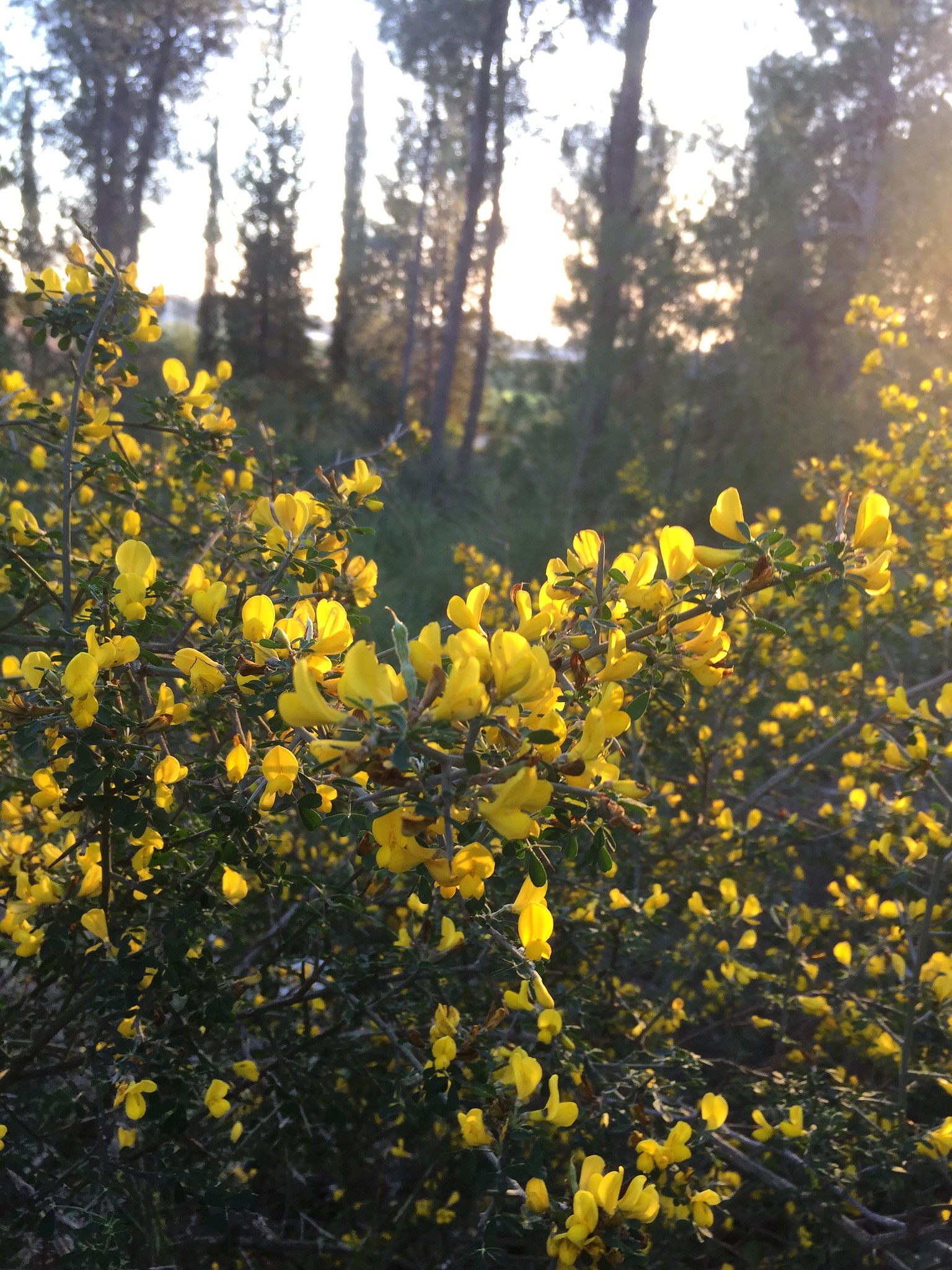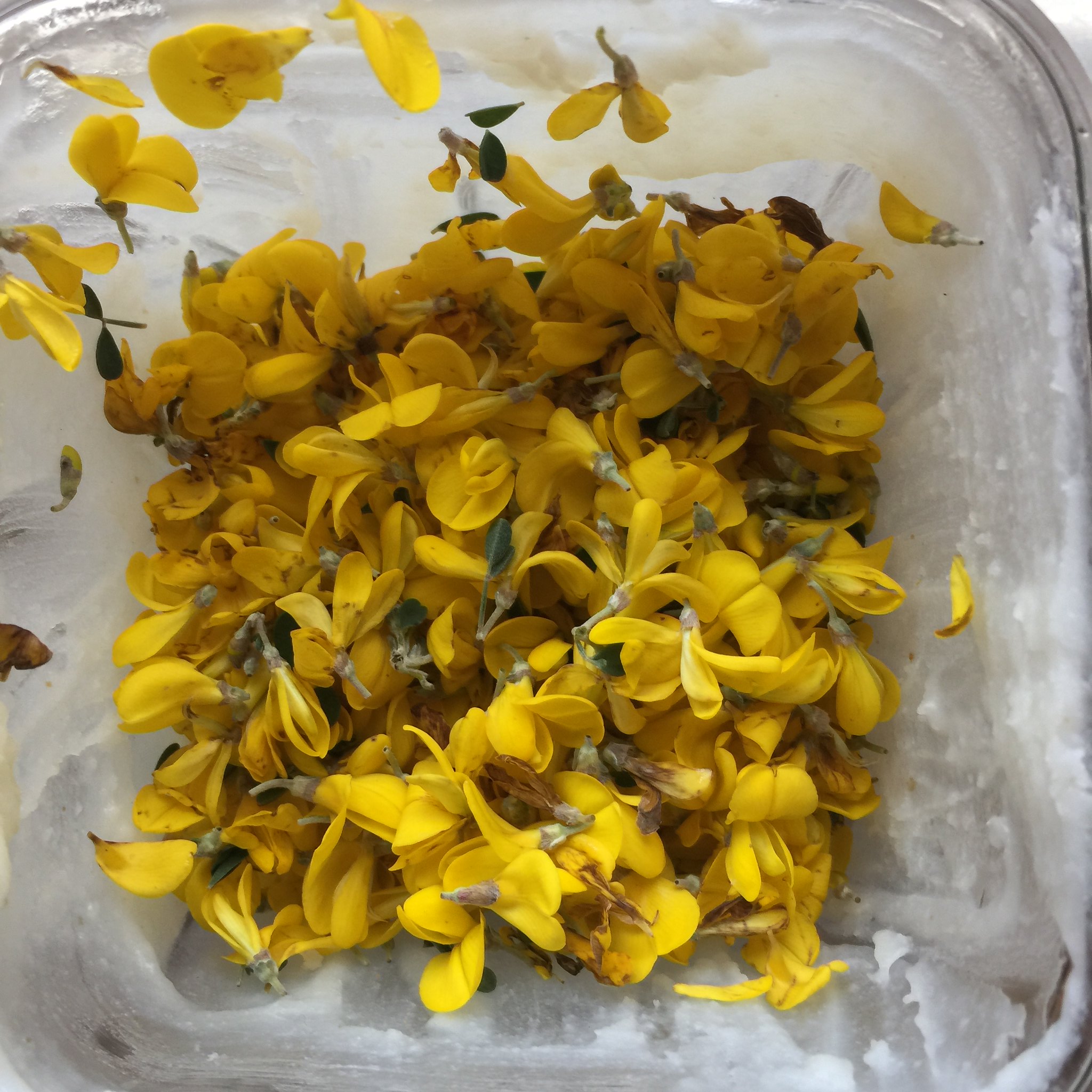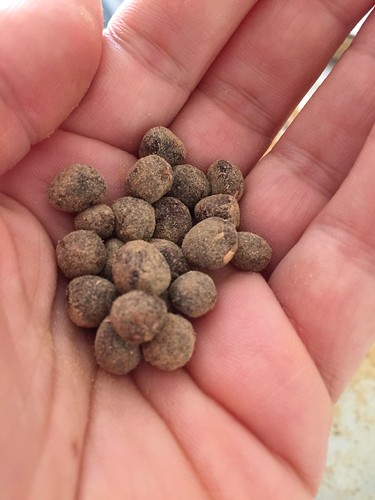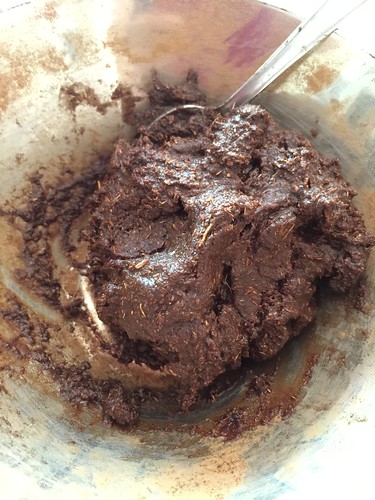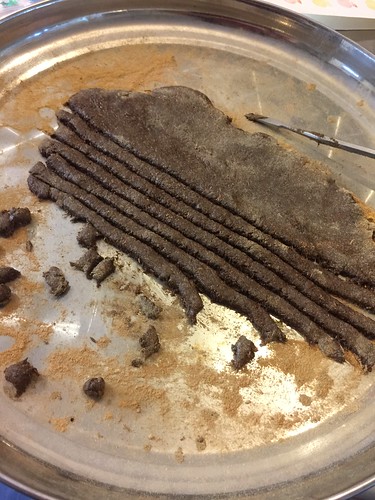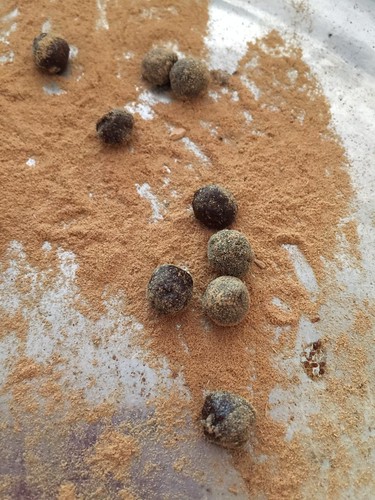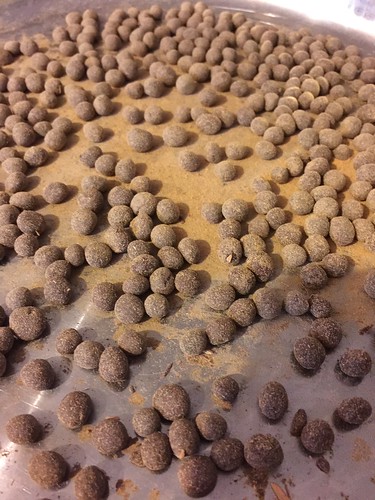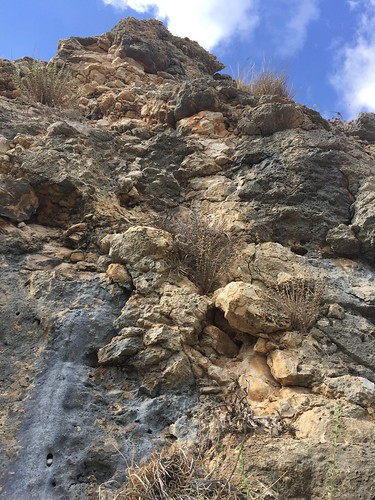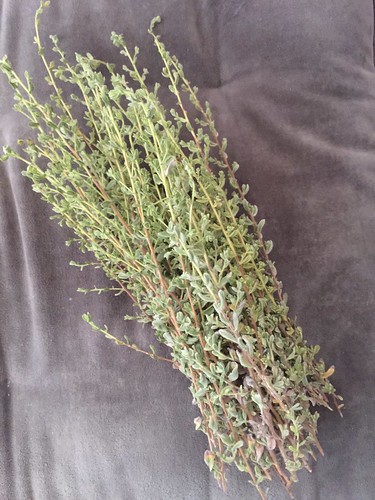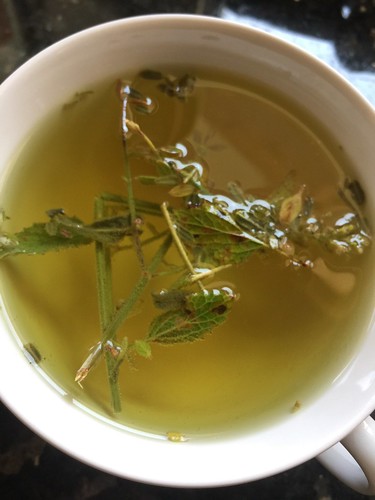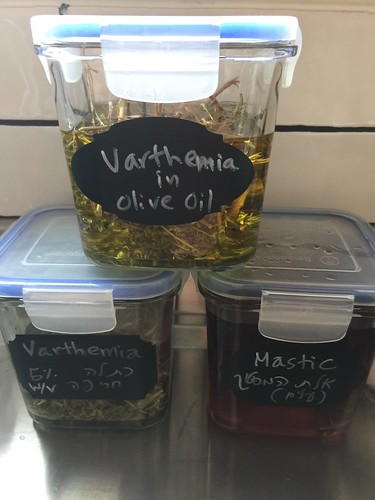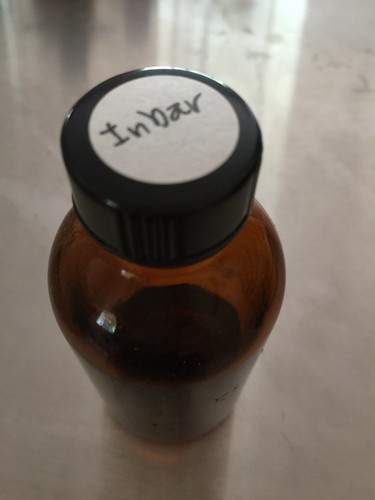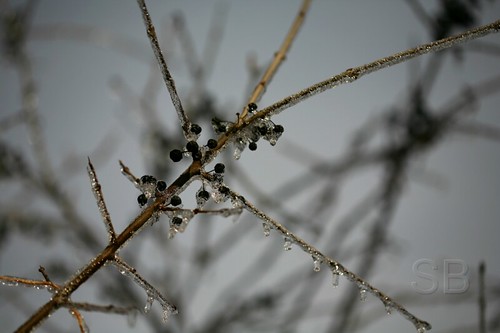The last push for the holiday season just ended last night, and I'm thrilled to have all of this chaos behind me.
Looking forward to tying some loose ends on the business front before the end of the year, re-organizing my studio space, and getting more creative again. 2013 was a bizarre year, and I seem to barely be able to catch my breath before something else unexpected shows up demanding my attention.
Three weeks ago I got intrigued by hops and decided to go back into
a project I've began working on long ago (with very little reporting on it here). My previous work around the theme mostly relied on the guy's fondness of beer (not that there is anything original or unique about it). I noticed how many guys like posting pics of themselves with giant beer mugs in a sports bar (portraying, I presume, how much fun they are), rivaled only by similarly alluring depiction of the giant fish they caught. If it were possible to gulp beer from a giant mug while wrestling with a gigantic catfish - I'm sure they would have snapped pics of that too. Good luck with that!
Anyway, back to beer: it seemed to be a rather befitting theme for how much of a jerk that guy sounded like. So I began with something that smelled rather dirty and boozy - hops, cepes, cognac and African stone tincture - all in one breath! - paired with Egyptian jasmine, Seville lavender and cacao. All around a very peculiar combination. And after allowing it to mature way more than absolutely necessary, it's not what I would imagine to garner mass public appeal. It's edgy, but probably too dirty and naughty that I would feel comfortable describing on a PG rated blog.
Fast forward to three weeks ago: I visit
the barn. I see hops. I'm reminded of my long neglected project. Aside from hops, which are the foundation of any beer and what I've decided to be the key ingredient for this project, I'm thinking of sandalwood. Why? Because.
A few years ago, my sister in law gave me a sandalwood and beer soap. It was lovely. Strange combination, but lovely. There was very little beer to be smelled there, but the idea was filed away somewhere only to be pulled out at the appropriate time. Now.
I take some sandalwood from Australia (organic, by the way). I add generous amounts of cognac absolute, hops, marigold (also an ancient beer ingredient) and anything else that renders yeasty, effervescent and beer-like in my mind. And voila! A sandalwood beer cologne is born. Three weeks later - it has only gotten better: smooth, fruity, fresh, complex, piquant and intriguing. Just like an
apircot craft beer.
